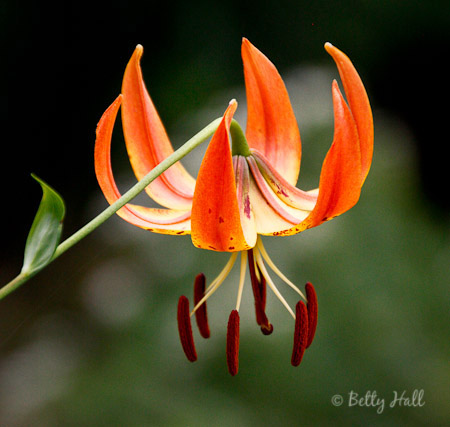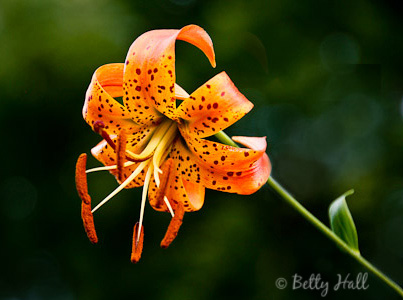I had a scare last week, and I hope others can learn from my experience. One afternoon, my eyes suddenly started burning and tearing. I washed them with artificial tears and used a cold wet compress and they seemed okay. However, a bit later my world became extremely foggy although my husband, Harry, assured me the air was perfectly clear.
When I got to our eye doctor the next morning, the only letter I could see on the eye chart was the largest letter at the top. The diagnosis was cornea swelling in both eyes. I finally realized I had first felt the symptoms shortly after cutting some of my Tropical Milkweed (Asclepias curassavica) to feed Monarch caterpillars (Danaus plexippus).
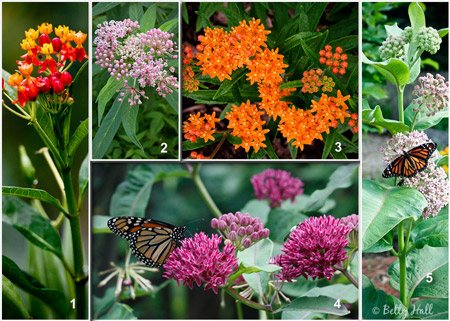
Research revealed that the sap of Tropical Milkweed causes severe eye problems and others have had similar experiences: link 1 and link 2. Apparently all milkweed sap is cause for caution, but Tropical Milkweed is especially dangerous.
I like fog and the impressionistic effect it creates, as in this backyard image.
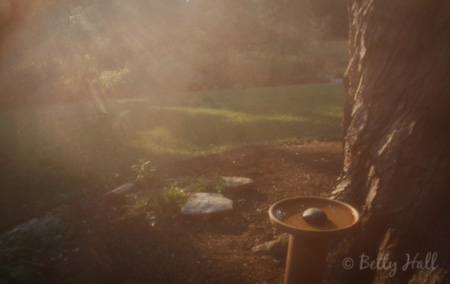
However, I want the fog to be in the atmosphere and not the result of poor vision. I’m extremely happy to say that my sight is now close to normal and I expect a full recovery.
This was a frightening experience and I have a new appreciation for my eyes and the ability to see. I had no idea milkweed could cause eye problems. I’m reporting my story in hopes of preventing others from having a similar experience.
Monarchs must have milkweeds to survive and I will continue to grow them. My Tropical Milkweeds have attracted more Monarchs than any of my other milkweeds this year and I will plant them again. However, I will treat them with high respect and caution.

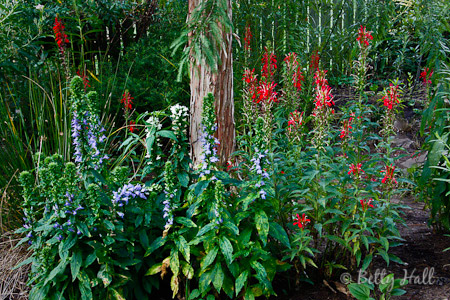 According to
According to 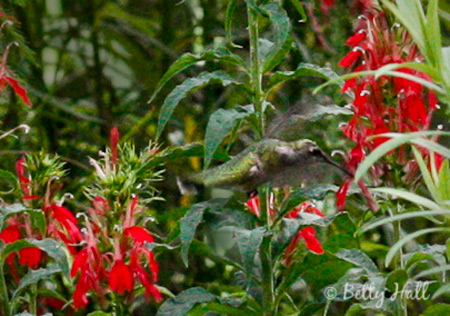 Hummingbirds are one of my favorite birds and it’s great fun to have them in the backyard. I try attracting them with feeders but we see them much more often on the native plants. Cardinal Flowers are one of my favorite native plants and the fact that they draw hummingbirds makes them extra special.
Hummingbirds are one of my favorite birds and it’s great fun to have them in the backyard. I try attracting them with feeders but we see them much more often on the native plants. Cardinal Flowers are one of my favorite native plants and the fact that they draw hummingbirds makes them extra special.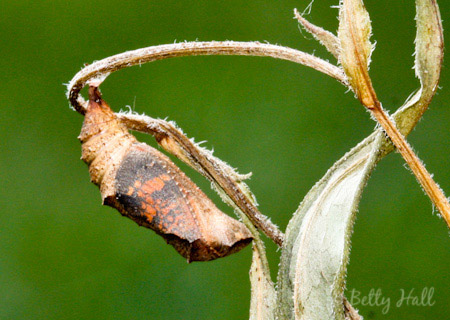
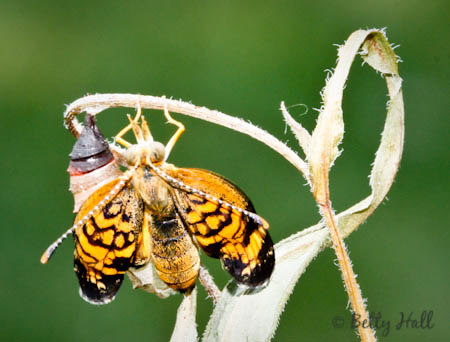
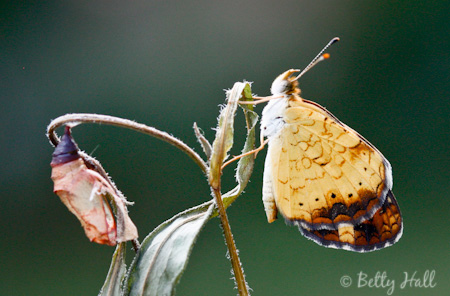
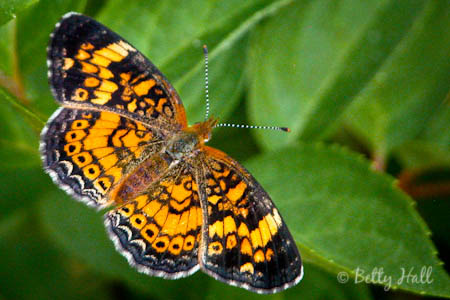 Crescents get their name from the markings near the bottom of the hind wings. At three-fourths inch wide, Pearl Crescents are one of our smaller butterflies. They are also one of the most common in North America.
Crescents get their name from the markings near the bottom of the hind wings. At three-fourths inch wide, Pearl Crescents are one of our smaller butterflies. They are also one of the most common in North America.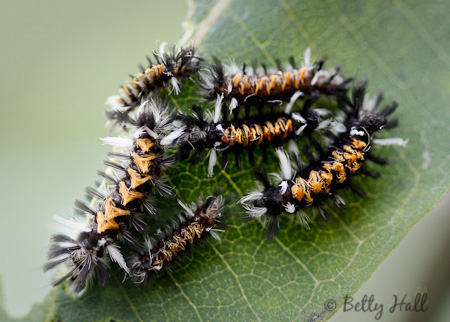
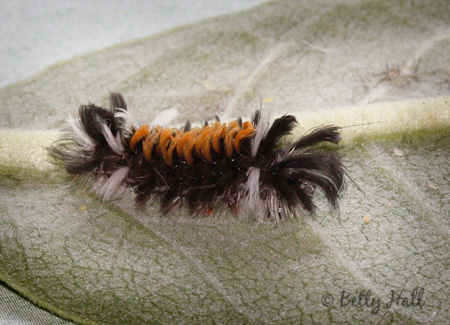 Milkweed Tussock moth eggs are usually laid generously on older Milkweeds while Monarchs generally lay only one or two eggs per plant and prefer younger, more tender leaves.
Milkweed Tussock moth eggs are usually laid generously on older Milkweeds while Monarchs generally lay only one or two eggs per plant and prefer younger, more tender leaves.